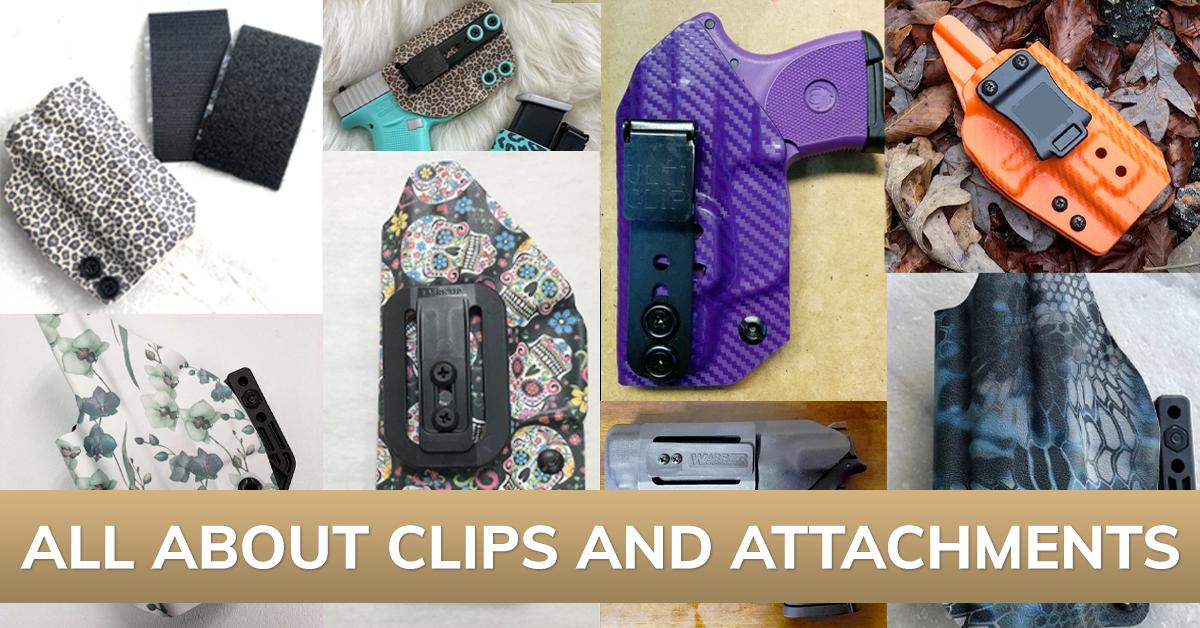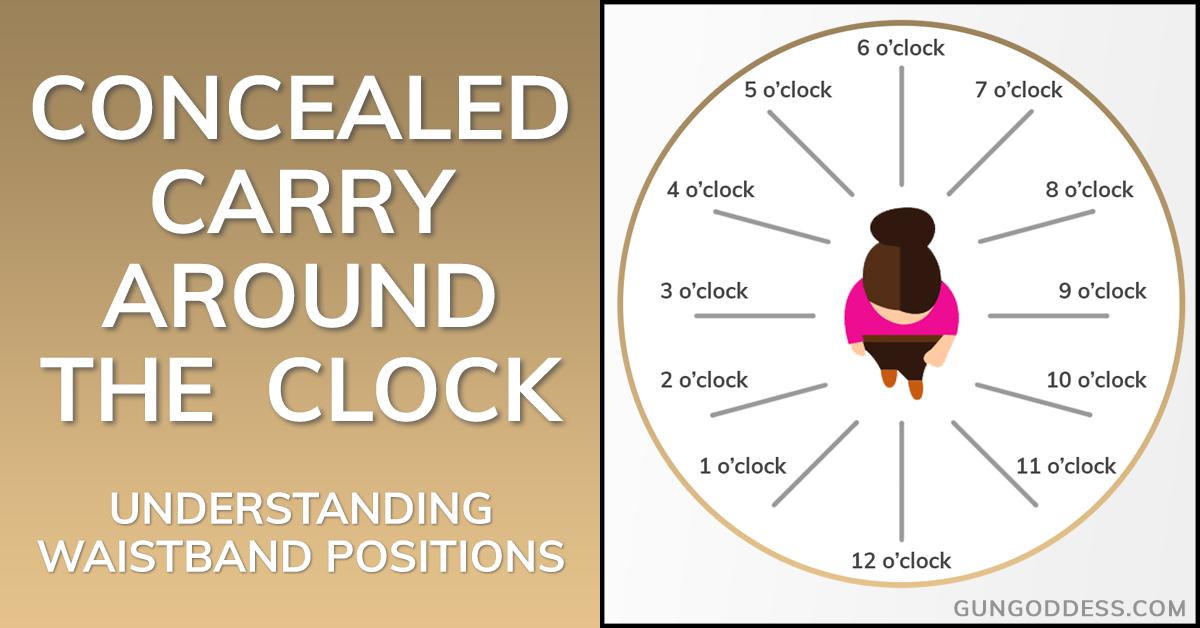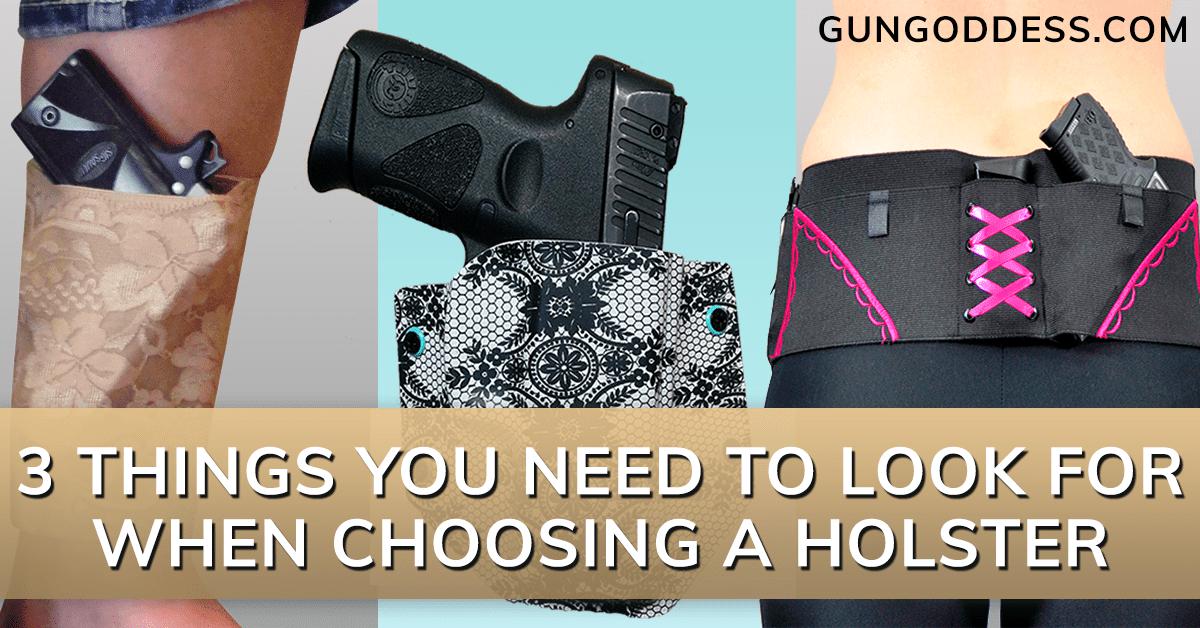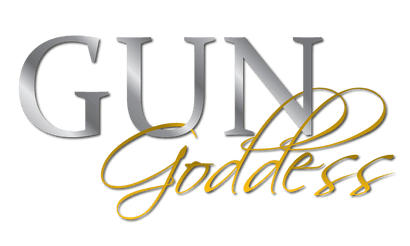Your Cart is Empty
Orders Over $100 Ship FREE (USA)!
Orders Over $100 Ship FREE (USA)!
CONCEALED CARRY
(Apparel with holster pockets or concealed-carry features)
(Apparel with holster pockets or concealed-carry features)
PARTS & GEAR
RANGE STYLE
Gift shopping & not sure about size or style? Give a gift card instead!
Gift shopping & not sure about size or style? Give a gift card instead!
GIFT IDEAS
The entire site is full of products that make great gifts, so browse all of our collections! Still not sure? Give a gift card!
The entire site is full of products that make great gifts, so browse all of our collections! Still not sure? Give a gift card!
EXPLORE
How to Choose an On-Body Holster for Concealed Carry
4 min read
Choosing a concealed carry holster can be complicated. There are a lot of different factors to consider when you're searching for the right one, and even after you've found one that seems like it should work, it can take some trial and error to get it just right. Picking the wrong holster could actually make you less safe, so you need to do your research before making a decision.
If you're looking for a carry holster, but don't know where to start, read on to find out the right way to choose an on-body holster for concealed carry.
Decide Where You Want to Carry
The first step is to decide where on your body you will be carrying. Two of the most common positions to carry on your waist are on your dominant side hip (the 3 or 4 o’clock position), or right in the middle of the front of your body (also known as the appendix or centerline carry position).
The type of clothes you wear on a daily basis will also affect where you carry your firearm. If you wear jeans or pants every day, an inside the waistband holster (IWB) is ideal, but if you wear skirts, dresses, or business attire most of the time, you should choose an appropriate holster location such as your ankle or above your knee.
Select a Holster Material
Holsters can be made from several different types of materials, and the material you pick depends mainly on your personal preferences. Two of the most common materials for holsters are leather or Kydex.
Leather is a very traditional holster material, but it’s still popular today. Leather is very durable and comfortable to wear over time because it will mold to the shape of your body and firearm.
Kydex is a hard plastic-like polymer that has become popular because it offers strength and durability. Since Kydex holsters are molded to the shape of specific firerarms, they usually have very good retention capabilities. The biggest downside of Kydex holsters is they may not be as comfortable for some people because they're more rigid than leather.
If you’ve decided on an alternative carry location, like the ankle, garter, or shoulder or you want the flexibility of a belly band holster, choose a high-quality elastic material that will hold up over time. It's a good idea to choose a holster made from ballistic materials because they're designed to hold up to a great deal of wear.
Pick a Holster Retention Type
As the name suggests, retention level describes how difficult it is to remove a firearm from a holster. There are two main types of retention:
Holsters with passive retention keep guns secure by the way they're designed. This is usually accomplished by molding a holster to make sure it's an exact fit for the firearm it's carrying, then adding screws that let you adjust the overall tension.
An active retention holster has some type of feature (like a strap or button) to prevent the gun from falling out or being grabbed by anyone other than its owner. When you opt for this type of holster, you have to be able to quickly unlock it at a second's notice, or it could do you more harm than good.
Choose the Right Belt and Belt Attachment
It's extremely important to own a holster belt that is strong enough to support the weight of the holster, your firearm, and any extra magazines you plan on carrying. In order to handle that weight, belts made for concealed carry usually are reinforced with leather or reinforced nylon.
Selecting the right belt attachment for your holster is also an important part of choosing a concealed carry holster. Two of the most popular types include:
The Quick Clip is a basic, standard holster clip. Different manufacturers name similar clips differently, but clips in this molded plastic style all function in a similar way and are usually adjustable.
The Ulticlip is a steel clip that’s designed for use without a belt. The clip will securely attach to any fabric up to 1/4" thick and will work to secure your holster even when wearing thin or light clothing.
Decide if You Want to Use a Concealment Wing

A concealment wing is a handy addition to some holsters that helps tuck the gun grip in towards your body, which can minimize printing and aids concealment.
A wing comes with two risers that create "grippiness" against your clothing. When your waistband presses down against the riser, it forces the grip of gun to rotate in towards your body, so it closes the gap between your body and the grip of the firearm.
Consider Carrying Spare Magazines
Now that you've selected a holster, it's time to decide if want to carry extra magazines. You can consider carrying a spare magazine in your pocket, but that's not ideal because you may not be able to get to it if you need it.
Adding a magazine carrier to your concealed carry setup is an inexpensive way to be prepared. You can choose a single mag pouch or one that carries two, it's up to you. Regardless of which capacity you choose, make sure you select a high quality pouch with retention so it always stays in place.
Also in All About Holsters: Holster Basics

All About Clips and Attachments
0 min read
An intro to popular holster clips and attachments, plus installation instructions and tips for use.
Read More
Concealed Carry Around the Clock: Understanding Waistband Positions
3 min read
Which positions around your waist are the best for carrying a gun? Here's a break down of the most popular positions by location around your waist.
Read More
3 Things you Need to Look for When Choosing a Holster
2 min read
Choosing the right gear is just as important as choosing the right gun and if you're going to carry, you need to make sure you're using a safe holster that will function correctly at all times.
Read More